Rembrandt Harmenszoon van Rijn was born on July 15, 1606, in Leiden, the Dutch Republic (present-day Netherlands). Remembered as one of the greatest artists in history, he became famous for his incredible ability to capture emotion in painting and etching.
Rembrandt was the ninth child of a wealthy family. He attended Latin school as a child and entered the University of Leiden when he was 14. As Rembrandt’s painting talent was revealed, he began an apprenticeship with Leiden history painter Jacob van Swanenburgh for three years.
After that, Rembrandt apprenticed with Pieter Lastman and Jacob Pynas. While most painters of his time traveled to Italy as part of their training, Rembrandt never left the Dutch Republic. In the mid-1620s, Rembrandt opened a studio with Jan Lievens. And in 1627, he began teaching painting to others.
In 1629, statesman Constantjin Huygens met Rembrandt and was so impressed by his work, he helped him to get commissions from the court of The Hague. Through this connection, the prince would continue to purchase Rembrandt’s paintings for over 15 years.
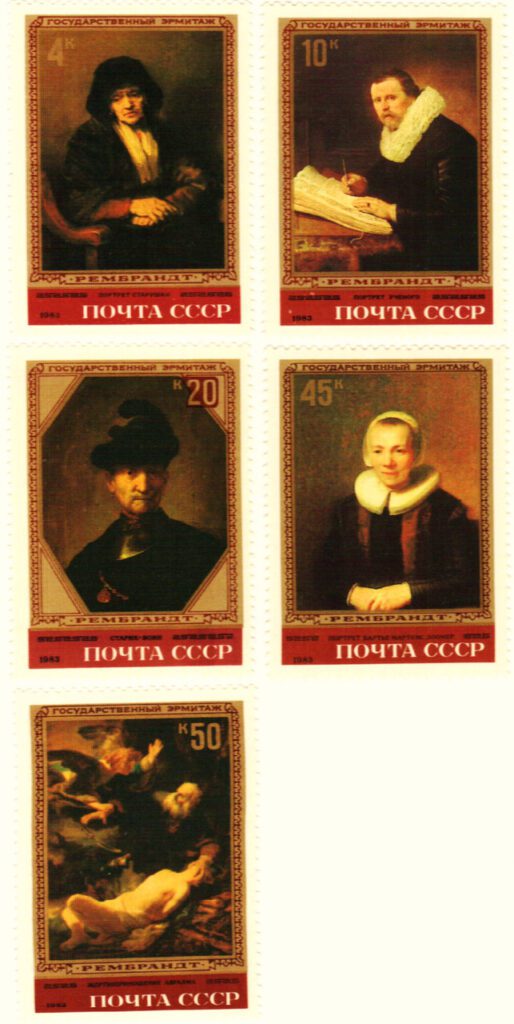
In 1631 Rembrandt moved to Amsterdam and found success working as a professional portrait painter. While there, he met and married his wife, became a burgess of Amsterdam, and joined the local guild of painters. In the coming years, Rembrandt purchased a house, which would later cause him financial difficulties, and his wife gave birth to four children, though only one would survive into adulthood. His wife died shortly after their fourth child was born and Rembrandt later had another child with another woman.
Though he made a lucrative living as a painter, Rembrandt often lived beyond his means. He bought many of his own paintings as well as those of other artists. His collections included works of the Old Masters, busts of Roman Emperors, suits of Japanese armor, and collections of natural history and minerals. He would eventually have to sell much of his collection to pay off debts.
Rembrandt’s sons became art dealers in 1660, to help their father find work in the midst of his debt problems. He was commissioned to do a painting for city hall, but it was later rejected and only a small piece survives today. Rembrandt continued to receive commissions into his final years and also had his own apprentices. He outlived both of his sons and died on October 4, 1669. Rembrandt was poor at the time of his death and was buried in an unknown grave owned by a church. Twenty years later, his remains were removed and destroyed, as was done with the remains of the poor at the time. During his lifetime, Rembrandt produced over 600 paintings, 400 etchings, and 2,000 drawings.
Rembrandt’s ability to capture deep emotion, dramatic light, and realistic detail made his work stand out, not just in his time but for centuries after. Rembrandt didn’t just paint what people looked like—he painted what they felt, and that made his art powerful and timeless.
One of Rembrandt’s most lasting contributions to the art world was his mastery of light and shadow, known as chiaroscuro. He used this technique to give his paintings a sense of depth and intensity, especially in his portraits. His self-portraits are particularly famous, showing him at different ages and emotional states. These works helped future artists see how personal and expressive art could be. His honest portrayals of aging and human struggle broke from the tradition of making subjects look perfect.
Rembrandt’s legacy also lives on in the way he influenced later artists. Painters like Vincent van Gogh, Francisco Goya, and even modern artists studied his work to learn from his technique and emotional depth. Museums around the world still proudly display his paintings, and art students continue to learn from his style. Although Rembrandt faced personal hardship and died in poverty, his work remains a cornerstone of Western art history. His influence proves that true artistic greatness can stand the test of time.
After his death in 1669, artists and art historians began to look at his work differently. In the 18th and 19th centuries, a growing interest in realism and emotional expression brought new attention to Rembrandt’s paintings. People admired how he captured the human experience—sorrow, joy, aging, and dignity—in ways that felt real and relatable. His deep understanding of light, shadow, and human character helped future generations realize how ahead of his time he was.
In the 19th and 20th centuries, museums, collectors, and scholars helped bring even more attention to his legacy. Art historians began calling him a “master” of the Dutch Golden Age, and artists like Van Gogh praised his emotional depth and honesty. Today, Rembrandt is studied in art schools around the world, and his works are considered some of the most important in Western art. The combination of his technical skill, emotional power, and lasting influence has cemented his place in history as one of the greatest artists of all time.
Click here to view some of Rembrandt’s art.
| FREE printable This Day in History album pages Download a PDF of today’s article. Get a binder or other supplies to create your This Day in History album. |
Discover what else happened on This Day in History.

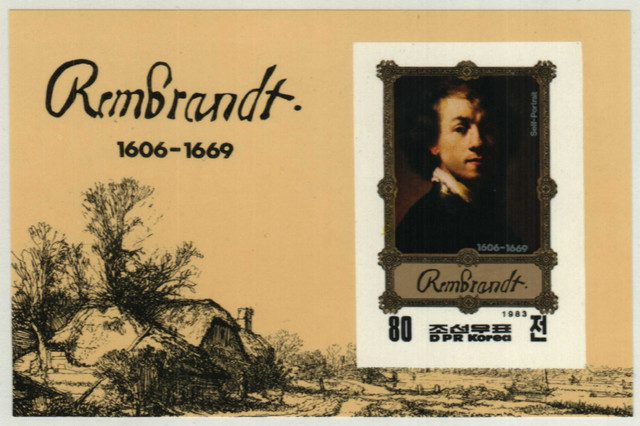

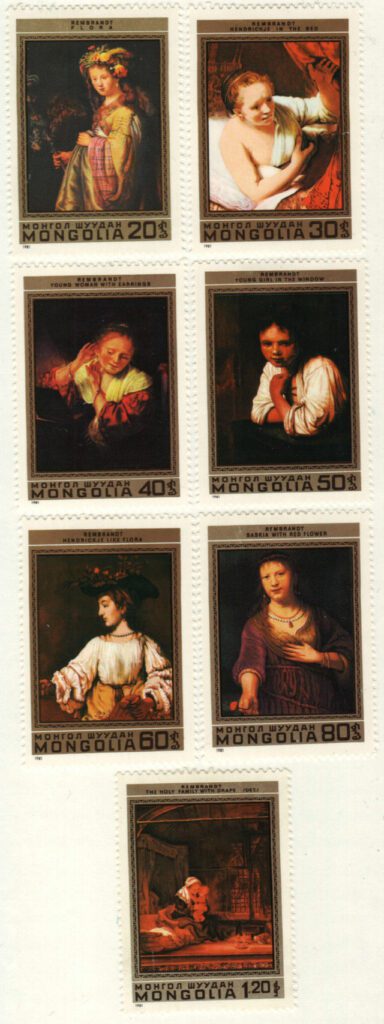
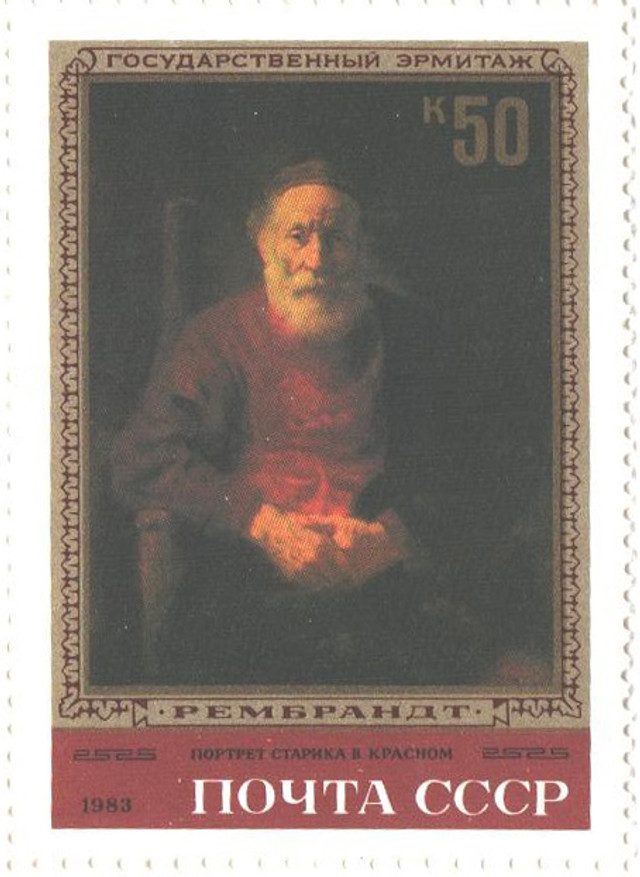
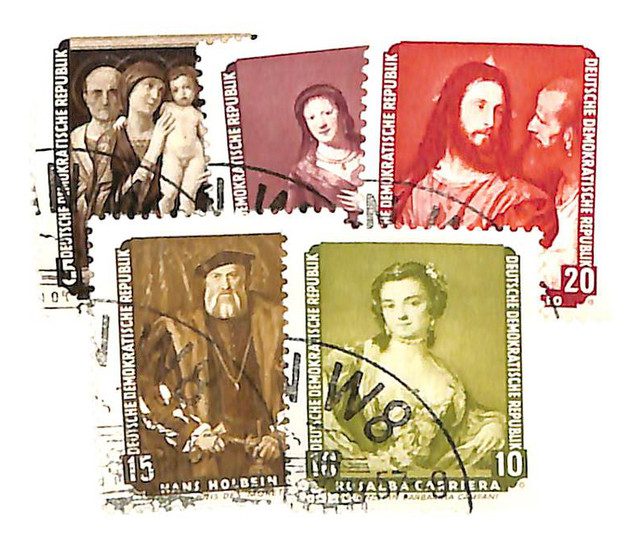
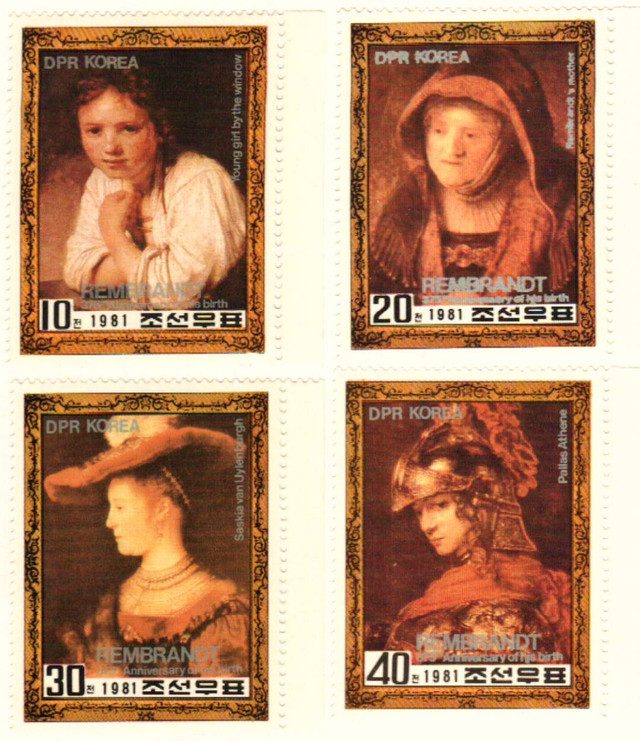
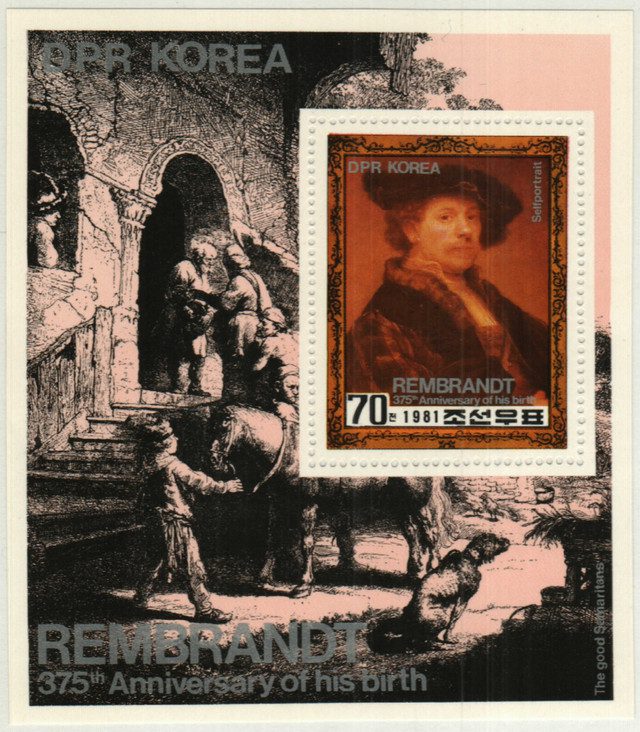
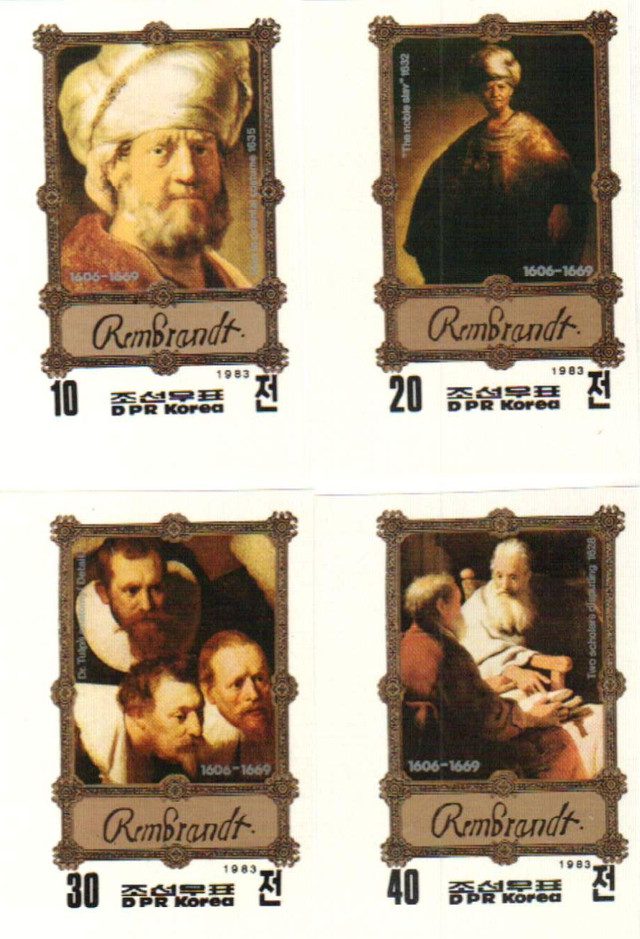
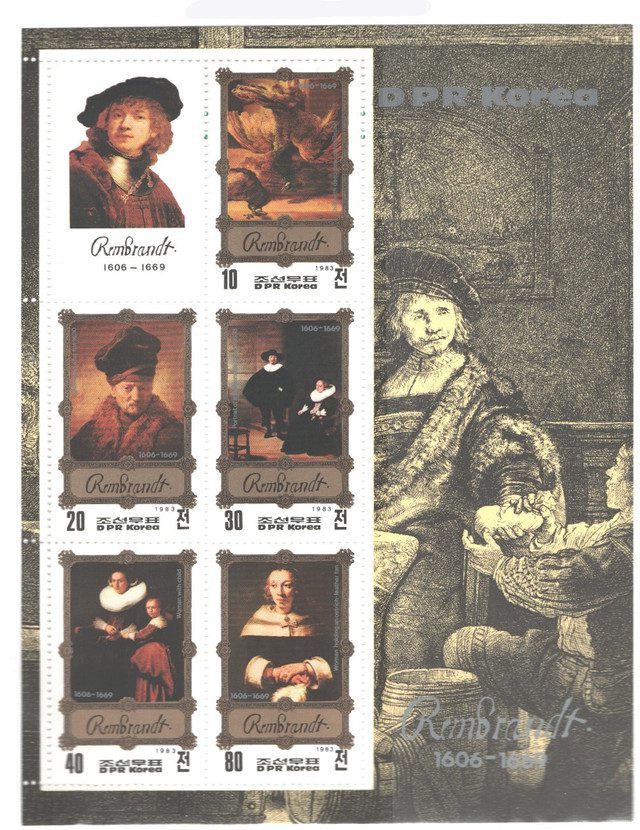
It’s so fascinating to learn so much about an artist that lived in the 15th century. Thank you!
Collecting Stanps helps you learn so much about the world and history you would never be exposed to.
17th century—-always add one hundred to the year.
Except for the last year of the century, 1600 is the last year of the 16th century, 1601 is the first year of the 17th.